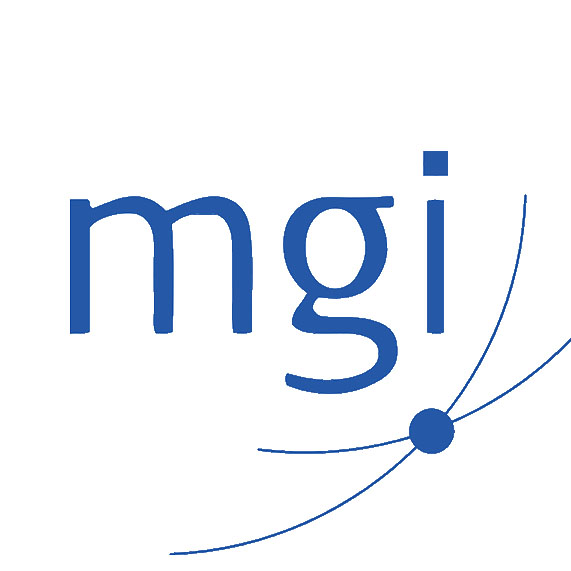How often do you walk into a business and see a vision or mission statement on the wall?
Usually, the statement comprises anywhere from a few words to a few paragraphs. In my view, the longer the vision statement the less meaningful it becomes. After all, what is the purpose of a vision statement? Two significant uses are to guide strategy and inform stakeholders.
If the vision statement is so long that stakeholders can’t remember it, then what use is it? Similarly, if it is long enough that it is confusing, then it doesn’t assist in guiding strategy. In my opinion, the best vision statements are short (the shorter the better), but powerful.
A vision statement should be aspirational.
It is a one sentence statement (preferably a few words) that describes the long-term change arising from the company’s work. Oxfam’s vision statement as a great example – a just world without poverty. Will Oxfam every achieve this? Probably not, but as I said – the vision statement is aspirational. It is also sufficiently clear and succinct such that they will certainly know once they’ve achieved their vision.
The vision statement for the Multiple Sclerosis Society is equally as powerful – a world free of MS. Short, but extremely powerful. Stakeholders with the Multiple Sclerosis Society have no doubt where that organisation is headed.
What is your “perfect world” for the business? What would this look like? Microsoft’s original vision statement was something like – “a computer on every desk and in every home”. There would have been absolutely no doubt about the strategic objective of Microsoft at that time.
So, in summary, drill the vision statement down to no more than one sentence, but preferably just a few words. The shorter it is, the more powerful and compelling it becomes and the easier it is for your people can get behind it.
There is also a lot of confusion between a mission (or purpose) statement and a vision statement.
Personally, I prefer not to use the term mission statement but purpose statement. I feel this correctly describes what the statement is – why does the business exist? What is its purpose? Its purpose is not to make a profit for the owners. That is a result, or an outcome. What needs or problems does the business solve for its customers and what is the emotional benefit for the customer?
For mine, understanding the company’s purpose is a crucial first step in order to “inform” the vision statement.






